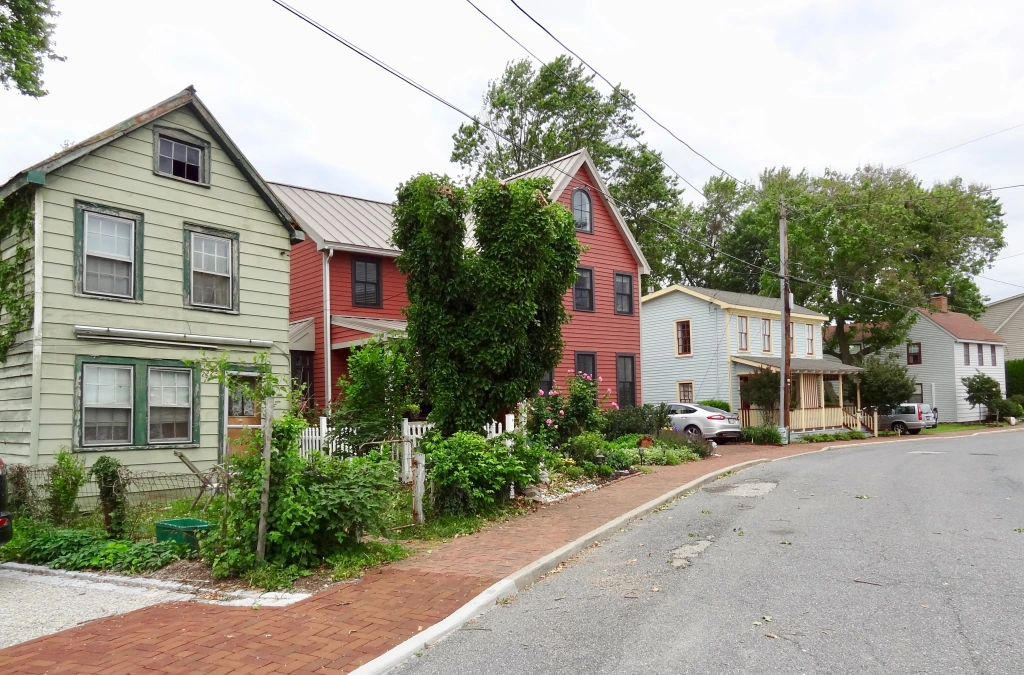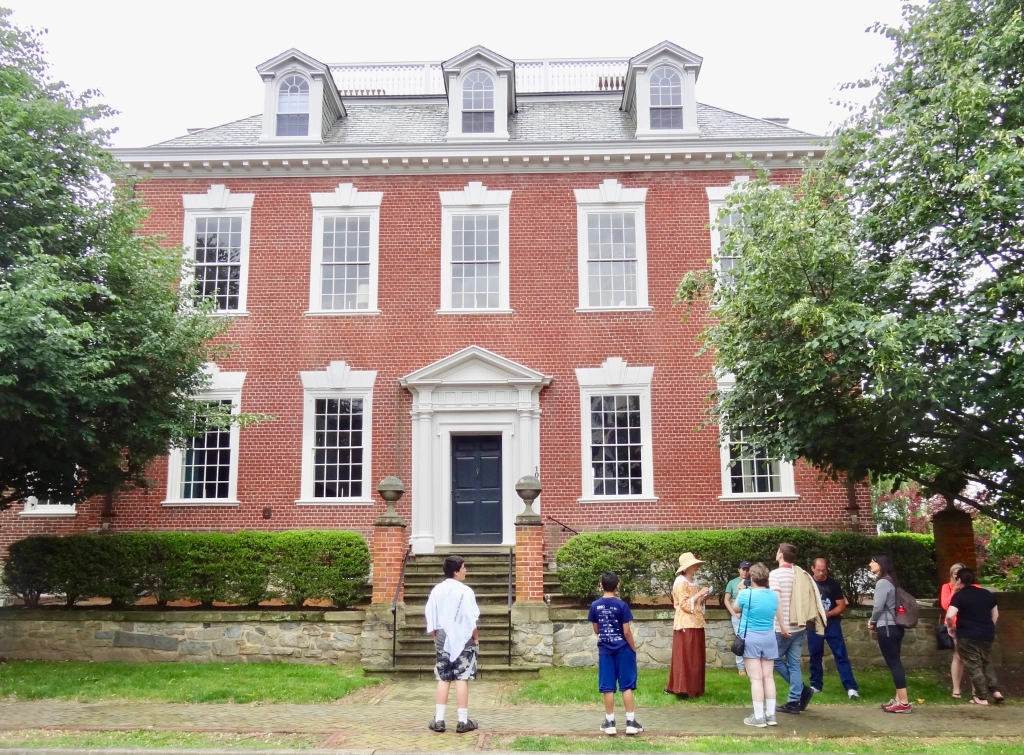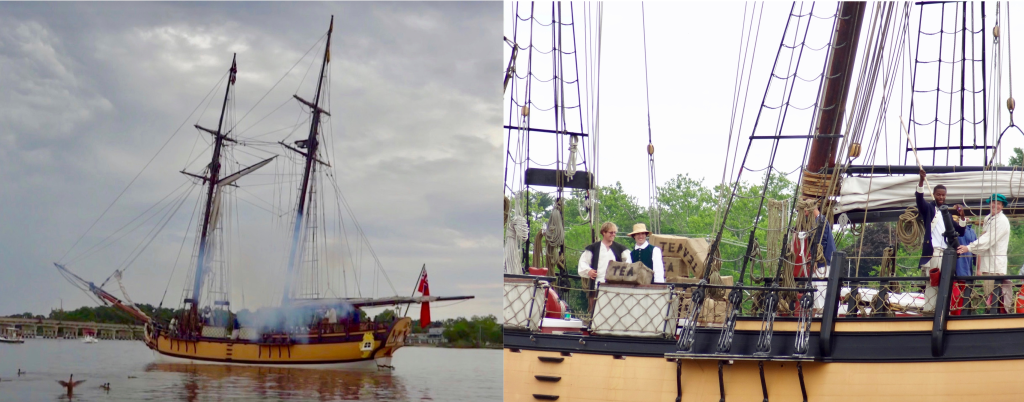Long Live the Chestertown Tea Party!
By Steven X Lee

The Chestertown Tea Party Festival is one of Maryland’s quintessential ‘Local
Legacies.’ But this year it too succumbed to cancellation in the quake of the COVID-19
pandemic. In honor of the annual homage to Colonial Maryland’s claim for
Independence, I offer a passage from my forthcoming book, Story of Mr. Thomas Carney – A Maryland Patriot of the American Revolutionary War. Based on the actual war record of a free black enlistee, the work gives a glimpse into Revolutionary War Era Maryland from the perspective of an African American soldier and his family. Here, from the book’s second chapter, the fifty-year-old war hero recounts his experience as a twenty-year-old on a visit to Chestertown.
Now sometimes Pa would have us load our finest wagon with the goods of our farm: produce, crafts and treats, the wagon was like a little store. Then he and I would set out to sell at marketplaces around the Eastern Shore. One fine spring morning in May of 1774, Pa said “We’re a’goin’ to Chester,” and I was glad. Chester’s a grand old town with lots to do, interesting things to eat and drink, and all the latest news. Pa had a cousin there too we’d sometimes see, a waterman who lived near the end of Water Street, at Scott’s Point, Chestertown’s black community.

However on this day the fine streets were packed with people, activity and uproar, our wagon could make but a crawl; Pa wondered “Have we come to town in the midst of a festival or a really big brawl?” When we finally reached the harbor, as I looked from the shore, there were ships out in the water, with men throwing things overboard: boxes and barrels, crates, papers and more.

The Chester River had become a sea of bobbing articles and debris. A sailor in uniform was tossed into the water from a ship’s bow. Frantically he swam ashore, stood up and gestured at the men aboard while sounding a defiant vow. Cannons of the ships were fired up into the air, and musket fire from land joined in the fanfare. Even the seagulls, ducks, geese, and other birds of the shore, excitedly rose in frenzied synchronized flights, bringing the clear blue sky to life.
Ringing his bell, a town crier in a hat and waistcoat, yelled “Hear ye! Hear ye! Down with the British, their taxes and tea! We are Maryland, a land of liberty. Hear ye; hear ye!” The crowd’s roar swelled, and despite many a British jeer, the townspeople seemed to dance in revelry and good cheer.

It was Chestertown’s protest Tea Party we had happened upon they say, when we
came to sell our goods there that day. Maryland, with the other American Colonies,
was joining against the British way of rule and taxation. The Colonies wanted to be
their own new nation.
Chester remains a ‘grand old town.’ The vintage streets, architecture, fine harbor,
and birds of the shore can still be found.
The original article can be found here.